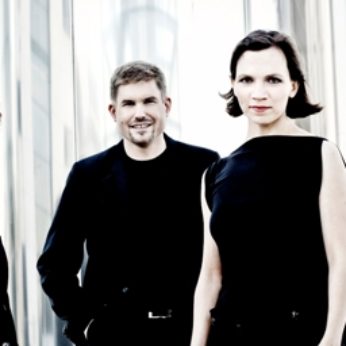Mozart made his living in a most hazardous way – as his father unhelpfully pointed out at every opportunity – with an erratic combination of performance and publication fees, with his cash-flow problems subsidised in the modern manner by heavy borrowing, especially from fellow Freemasons. Unlike Beethoven he never managed to secure rich and reliable patrons and unlike Haydn he never had a secure salaried post. However, like Schubert, who was similarly impecunious, he composed at great speed. So when Mozart was in the middle of composing and producing Cosi fan Tutti in the autumn of 1789, he could still find time to turn aside from this and write a quintet for his friend Anton Stadler, the famous clarinettist.
They had met by 1784 as Stadler is known to have taken part in the premiere of the Gran Partita in March of that year. After that they often worked together and Stadler would have played in the various orchestras that premiered Mozart’s symphonies, concertos and operas. Stadler was also a Freemason, so, when he requested a new work for a Christmas concert, Mozart set aside the opera and got to work. There was another musical reason for Mozart’s interest in writing a quintet, Stadler had recently invented a new instrument known as a basset clarinet. No example of it survives, but it was known to extend the range of the normal clarinet by a major third.
The Clarinet Quintet has several features that are also found in the Prussian Quartets. Just as the cello, in the first Prussian Quartet, is slow to reveal the prominent role it is going to play, so does the clarinet for a surprisingly long time play only unimportant material. In the first subject it bridges gaps between string phrases and only gets to play out in the second, less important part, of the first-subject group. The second subject is given to the first violin alone, until the clarinet eventually takes it over as the music changes to the minor mode. This temporary darkening of the A major mode allows the clarinet to show off its wonderful range of colours.
The graceful Larghetto gives the clarinet the opportunity to display its lyrical qualities to the full, especially in the magical, flowing melody that opens the movement. The double minuet awakens us from our trance and the clarinet is allowed to retire during the first trio, given to the strings alone. The witty finale is a theme and five variations with a coda. As in the first movement the solo instrument must, in the true spirit of chamber music, wait to take its turn. The chirpy theme is stated by the two violins and the clarinet is confined to brief cadential flourishes. So in the first variation the clarinet is given the theme, and in the second variation it is the turn of the viola and cello. The third variation is traditionally in the minor key and here the dark colour of the viola is given first place. After this the two violins take charge while the clarinet dances delightedly around them. Finally we come to the Adagio variation and again the strings begin without the clarinet, who later melts into the texture. The Allegro coda is a joyful summary of the spirit of the theme.
